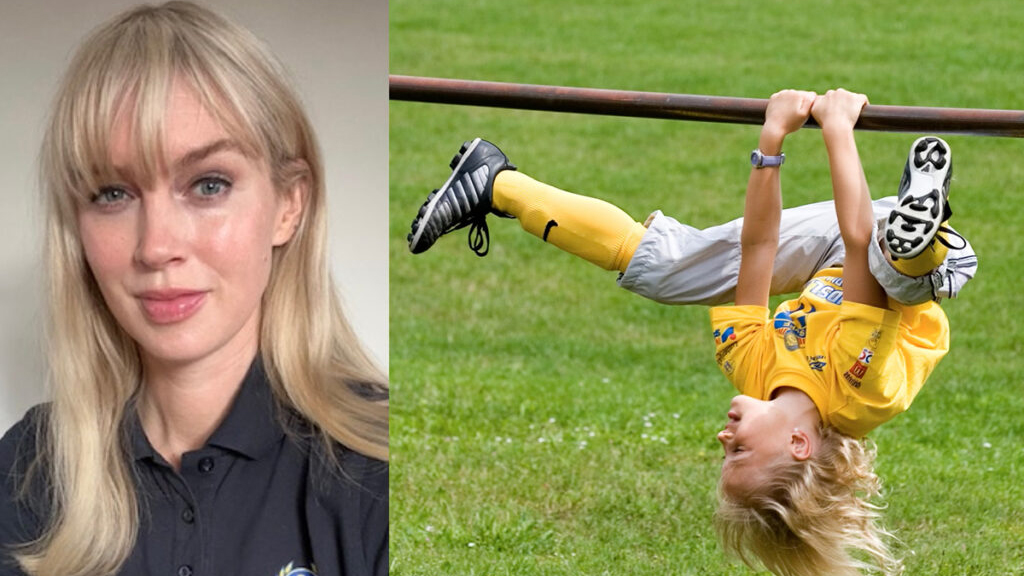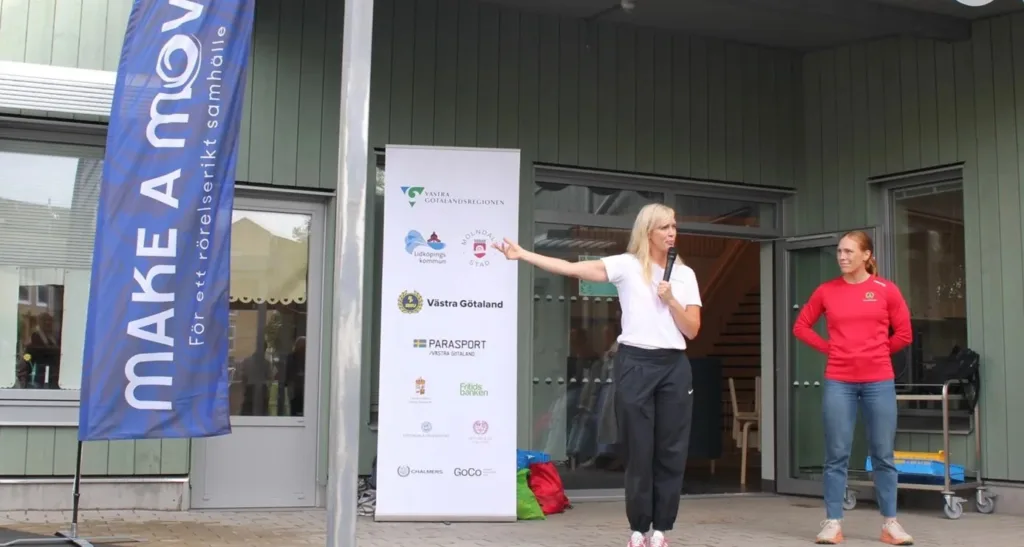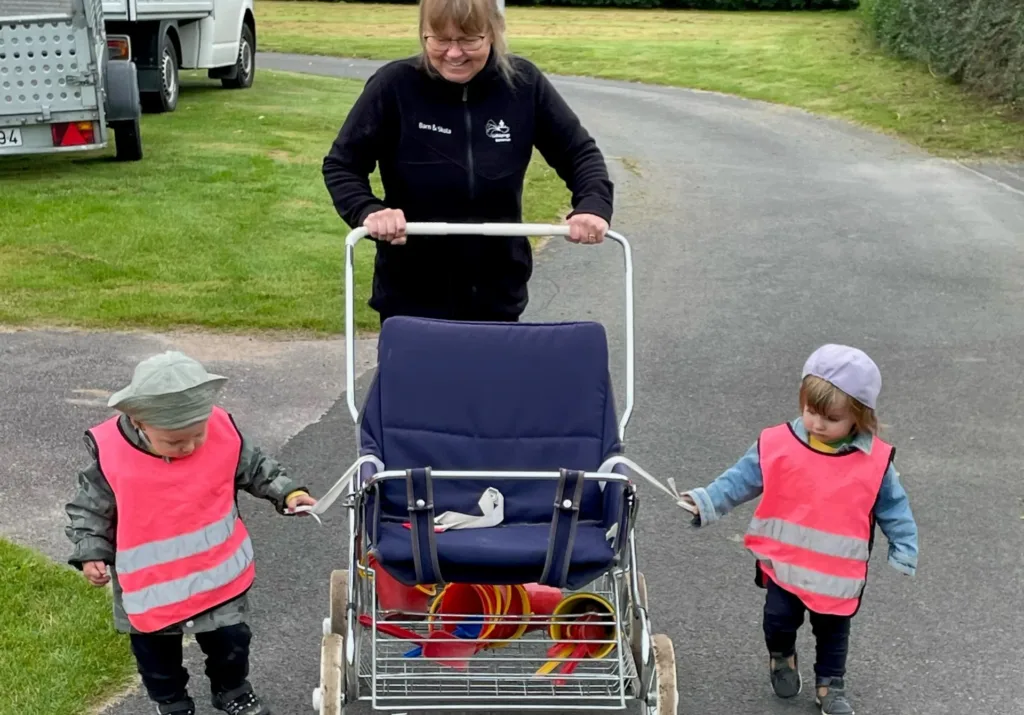The accommodation for new arrivals in Mölndal was not intended to house children, yet families with children have moved in. The courtyard between the container homes was bare and not conducive to play - something the city of Mölndal wanted to change through a construction workshop. It turned out to bring the joy of carpentry to several generations.
The courtyard of Gunnebogatan's accommodation for new arrivals was nothing more than a flat lawn crossed by paths. Sad for most people, but especially sad for the children who have fled from crisis and war. More than most, they need the distraction and joy that play can bring.
"This is meant to be a temporary transitional home where no one stays longer than two years. But still, childhoods are going on here. Twelve children under the age of sixteen were in the homes when we decided to revamp the courtyard environment. If you've had difficult experiences, it's even more important to move your body to feel good."
That's according to Amanda Kaså, business developer for children and young people at Mölndal's culture and leisure administration. The residents were asking for playground equipment and outdoor furniture for the courtyard, and Amanda Kaså had heard the Växtvärket association talk about making cities more child-friendly through co-creative building processes. In discussions with the city's Make a Move officers and integration staff, the idea of a workshop with a hammer and saw was formed.
Children and mothers in workshop
Notes were left in the mailboxes of the residence inviting children and parents to come and carve and paint playground equipment together. Amanda Kaså gathered materials for the workshop from various sources: the property owner Wallenstam contributed a sum of money for paint and plants to plant. The municipal recycling shop in Kikås contributed free wood and Föreningen Skogen lent tools from its mobile workshop bus. With these straws pulled from various directions, the day of the construction workshop arrived.
"We just went ahead and built. It was great fun. Ten of the children were active in the construction and not least their mothers, who really appreciated trying out carpentry. We followed Make a Move's and Växtvärket's principles of not building normative tools that limit play. The children should be able to decide freely how they want to use them," says Amanda Kaså.
The result was a number of colorful wooden boxes in different sizes and dimensions. During the year, they have been moved around the courtyard at will and used for playing, having coffee and climbing on: whatever suits both younger and older residents.
A new creative spark
The working group used the Environmental Offers that Promote Physical Activity planning tool, originally from Change the Game, to assess whether the boxes are safe to use over time. They are now in use over the winter and will be inspected by an itinerant group within the municipality who are tasked with job training. There are many winners in the project. Not least the mothers at the shelter who have never held a tool before, and felt a new creative spark ignited. Pride and meaningfulness are positive effects of the co-creative process.
Joy of movement new tool
For Amanda Kaså, Make a Move has brought a new perspective and a welcome tool in the work with children's rights issues.
"At first I understood that public health is not only about jogging and eating apples. It can also be about reading or experiencing culture. Similarly, movement doesn't have to be exercise or club sports, it can just as easily be about building or playing. I'm really into this perspective," says Amanda Kaså.




